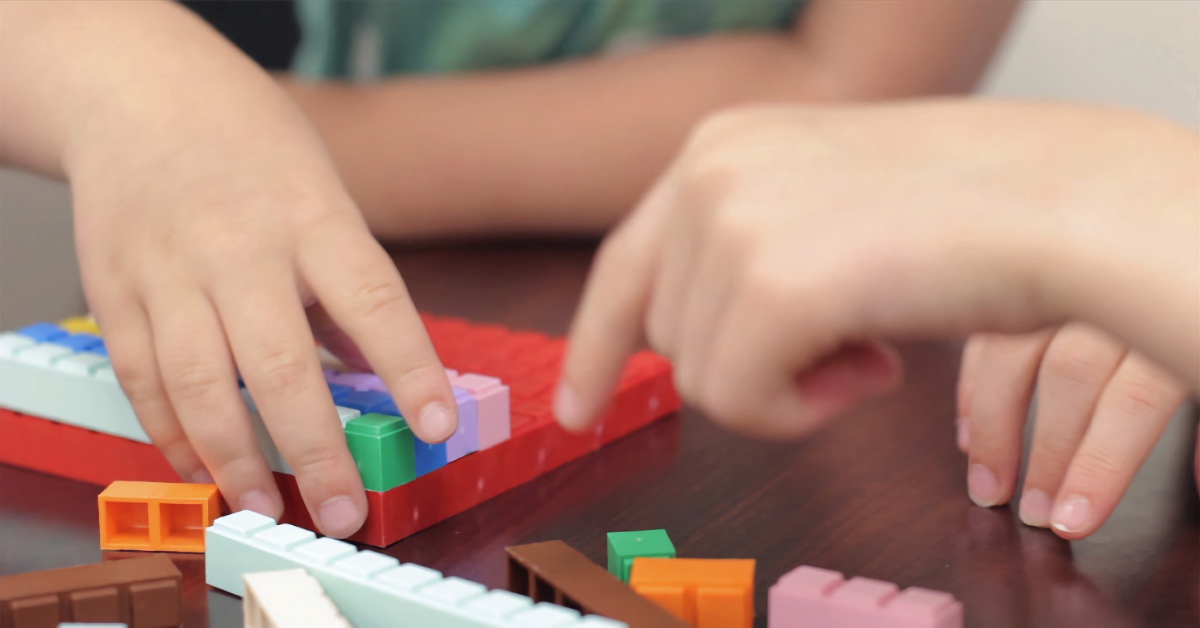
For many people, the mention of math manipulatives calls to mind using marbles for counting or craft sticks tied in bundles of 10 to illustrate place value. Once such elementary concepts have been learned, the role of hands-on math tools may be less clear.
Educators have discovered, however, proper use of manipulatives helps students of all ages to learn new concepts and deepen understanding. Using manipulatives effectively also increases the retention of mastered concepts.
The most effective math manipulatives are visually simple and consistently used throughout a curriculum. (Visual detail, such as that found on play money or cartoon characters, can easily distract students.) The manipulatives that are most helpful to students have been carefully designed to bridge the gap between concrete and abstract concepts.
Math Manipulatives for Everyone
Here are some of the advanced math concepts that can be demonstrated with appropriate manipulatives:
Operations with fractions
• Operations with decimals
• Area, volume, and surface area
• Operations with negative and positive numbers
• Exponents
• Square roots
• Place value in algebraic equations
• Ratios
• Algebraic properties
• Polynomial factoring
• Operations with polynomials
• Solving equations
Even adults who have taken advanced math courses can be astonished to see algebra concepts so clearly represented with place-value blocks or algebra tiles. For example, we may know that x2 = x ⋅ x, but can we visualize it? Do we truly understand what x2 + 5x + 6 actually represents?
As a homeschooling family begins to incorporate manipulatives into an older student’s math experience, the parents’ involvement and positive attitude are crucial to success. Some specific considerations and tips are outlined below.
4 Math Manipulatives Tips for Parents
1) Model With Your Student
Suspend your disbelief and enter into the process. You will be delighted to see that as your learning increases, your student’s understanding increases also.
2) Use What You Need
Utilize the manipulatives to fully understand a new concept. Practice with the concept, using the manipulatives, until the student can demonstrate the concept without the manipulatives.
3) Demonstrate Mastery
Have students demonstrate mastery of a lesson’s concepts and skills by using manipulatives Doing so not only demonstrates for you the student’s understanding of the concept, but integrates that understanding more fully for the student themself.
4) Represent Abstract Ideas
Represent abstract ideas with manipulatives to help students articulate their thought process when explaining a concept. If needed, the instructor can then guide the student toward a better process.
In the Demme Learning Digital Toolbox, you will find an additional resource called a digital manipulatives page. While not a substitute for the manipulatives themselves, this can be another terrific way for a student to envision the process of understanding.
Further Reading
David T. Willingham wrote a fascinating article for American Educator titled “Do Manipulatives Help Students Learn?” in 2017.
We Are Here to Help
If you have questions about teaching math, we are here to help!
Get in Touch



Leave a Reply